At the Workshop to collect comments on the Draft Law on Geology and Minerals held on September 29 in Lam Dong, Mr. Nguyen Van Hiep, Director of the Department of Natural Resources and Environment of Dak Nong province, proposed a number of solutions to remove the above obstacles.
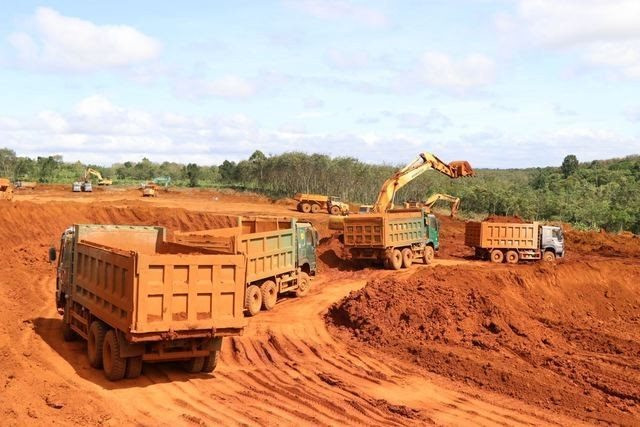
Overlap between bauxite mining planning and local socio-economic development
According to the Director of the Department of Natural Resources and Environment of Dak Nong province, from 2016 to present, Dak Nong Aluminum Company has paid the provincial budget more than 1,413 billion VND, annually contributing more than 6% of the province's total budget revenue, creating jobs for nearly 600 local workers with an exploited area of 381.38 hectares as of December 31, 2022.
However, bauxite is a mineral with special properties. Although it is not a common construction material, it is very common, distributed over a very large area but the thickness of the ore body is not deep; although it occupies a large area, the price is low; although it is distributed in mountainous areas, it is not distributed in deep valleys and valleys where the population is sparse, but is located in areas from the top of hills to the slopes, which are suitable for building houses, transport infrastructure, agricultural cultivation, etc. These characteristics have led to contradictions and conflicts in the development of bauxite and other socio-economic development issues when applying the 2010 Mineral Law.
One of them is the overlapping problem between bauxite mining planning and local socio-economic development. The current situation of the problems and problems here is the contradiction between land use allocation targets and bauxite exploration and mining planning; delay in the development of infrastructure serving social security in mineral areas; and the risk of wasting land use potential.
Mr. Hiep explained that the reason was because there was no consistency between the Planning Law and the Mineral Law in implementing projects in areas planned for mineral exploitation and exploration.
In order to develop bauxite mining in harmony with other local socio-economic development activities, as well as avoid wasting land use potential, Mr. Hiep suggested that the Law on Geology and Minerals should have specific regulations for bauxite. Accordingly, it is necessary to innovate the viewpoint in organizing the implementation of bauxite exploration and exploitation planning on the principle of being implemented in parallel with local socio-economic development planning in areas where there are no investors conducting bauxite mining.
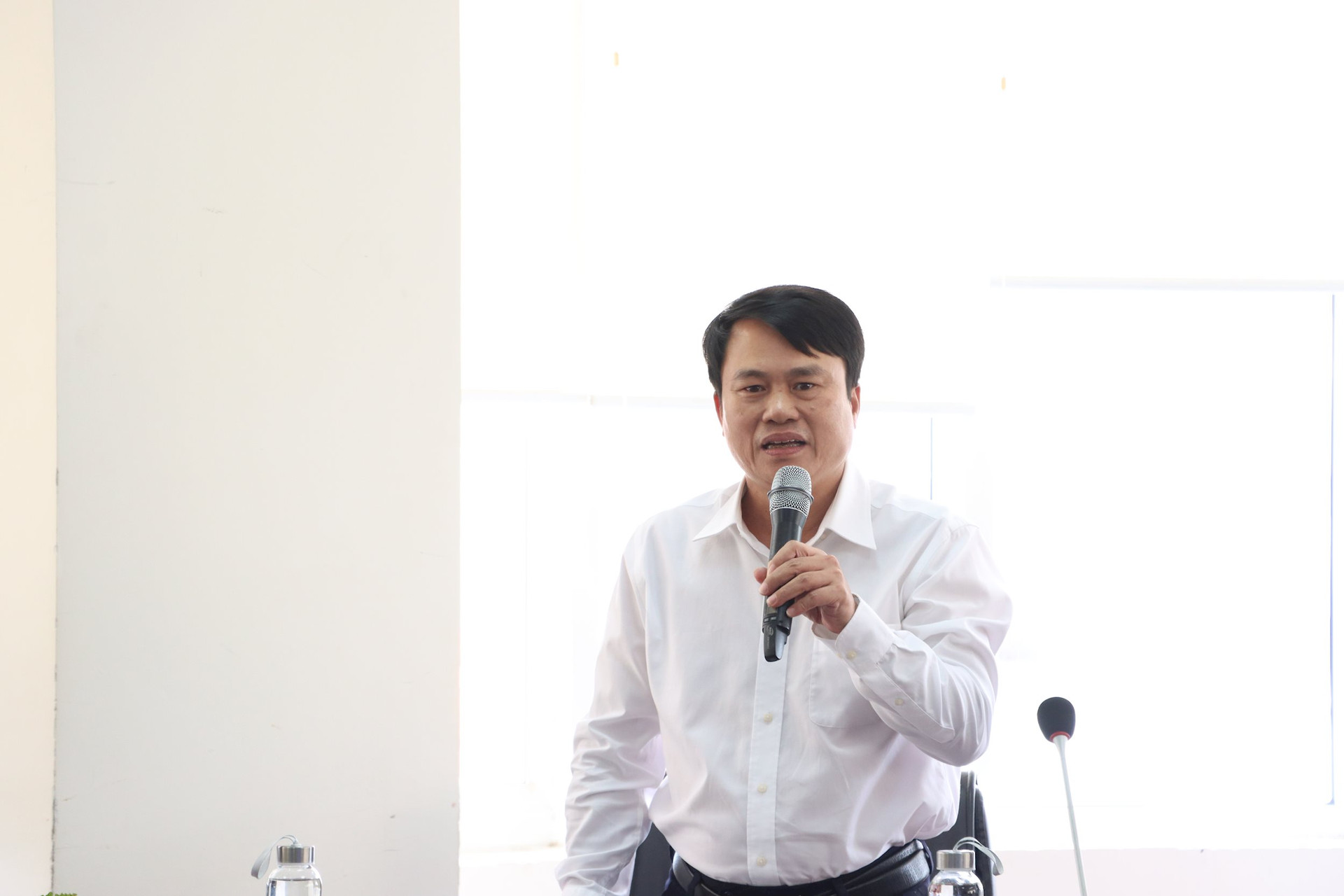
At the same time, there should be quantitative regulations on cost-benefit assessment to determine socio-economic efficiency as a basis for competent authorities to decide whether to conduct mineral exploration and exploitation in areas with construction investment projects or not.
In addition, the competent authority shall grant licenses for bauxite mining within the scope of the project. To reduce the pressure on the central agency's work progress and promptly meet investment needs, Mr. Hiep proposed decentralizing the responsibility of the local authority to review bauxite minerals within the scope of the project and decide on bauxite mining and exploration.
Removing obstacles in leveling and improving the site for projects implemented in the bauxite area
Another conflicting issue mentioned by the Director of the Department of Natural Resources and Environment of Dak Nong province is the problem of leveling and improving the ground for projects allowed to be implemented in areas where bauxite is discovered.
According to him, currently, both the national mineral reserve area for bauxite as well as the plan for bauxite exploration and exploitation have not clarified the concept of what is a mineral area. Meanwhile, basalt soil in the Central Highlands often contains many metallic minerals such as aluminum, iron, or some areas contain laterite bauxite and laterite iron ore.
Mr. Hiep proposed to clarify the concept of what is a mineral area. In particular, it is necessary to consider adding regulations on land with metal content that does not meet the reserve calculation criteria approved by the Ministry of Natural Resources and Environment at similar metal mines, which is considered as common construction materials.
On the other hand, the coordination of land within the project scope or the transportation of surplus land through other projects does not cause loss of bauxite minerals. After the project life cycle ends, bauxite can still be exploited and used. Therefore, it is proposed that the Draft Law on Geology and Minerals add a special provision for bauxite, which is the use of land containing bauxite as filling material in the process of leveling, lowering the ground, and improving the site of projects and individual households be considered and resolved as a common construction material.
The difficulty in providing raw materials for socio-economic development activities in Dak Nong province was also mentioned by the Director of the Department of Natural Resources and Environment of Dak Nong province, specifically the difficulty in not planning common construction material mines in the planned area for bauxite exploration and exploitation.
To overcome this difficulty, he recommended that there should be a specific mechanism when developing the Law on Geology and Minerals in simultaneously planning the exploitation of bauxite and the exploitation of minerals for common construction materials on the same area in the same space to be able to promptly meet the basic construction material source for the province.
On the other hand, the total land area planned for mining minerals for common construction materials is very small compared to the planned area for bauxite, so the planning of common construction material mines will have a great risk of impacting the reduction of bauxite mining output during the planning period.
Leaders of the Department of Natural Resources and Environment of Dak Nong province hope that the Draft Law on Geology and Minerals will have regulations to remove difficulties and obstacles in implementing socio-economic development activities in areas with bauxite minerals.
Source










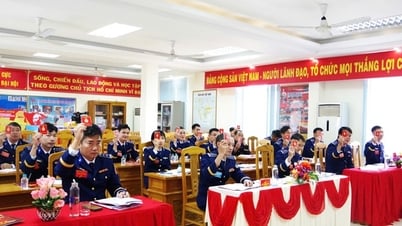

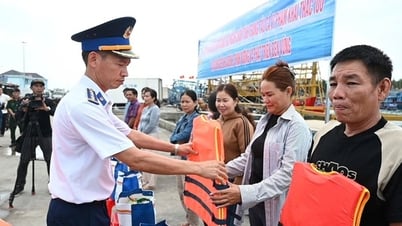



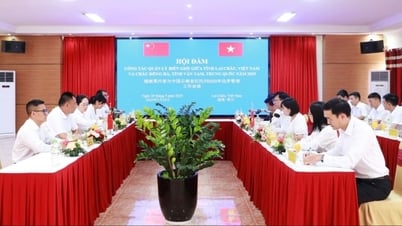




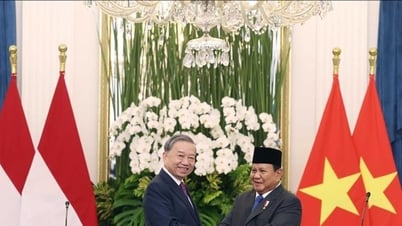
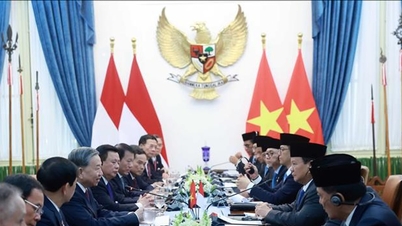

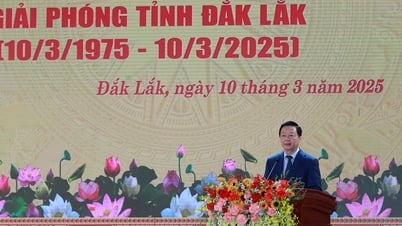
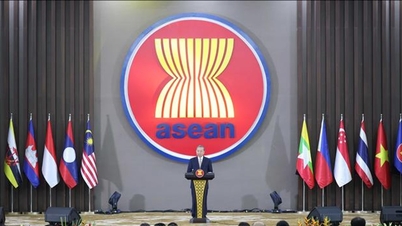


















































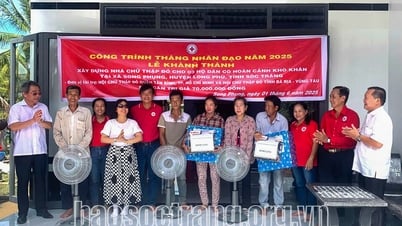



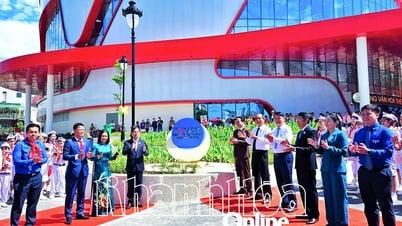
















Comment (0)